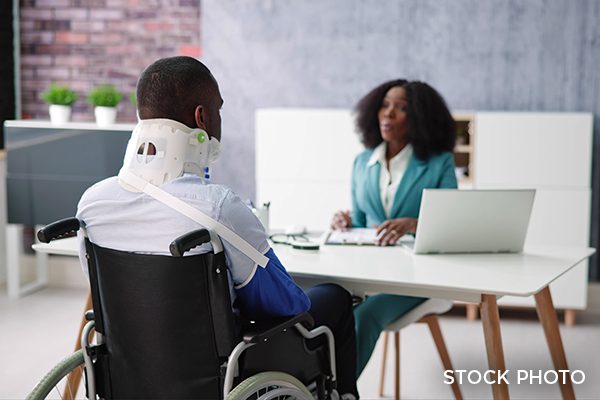
Jun 24, 2025
To Live, Not Just Exist: Finding Your Footing in Life’s Toughest Moments
Life throws punches. When you're recovering from an injury, dealing with work issues, and facing the unexpected, it's easy to feel knocked off balance. As a trial lawyer at the Law Offices of James Scott...
Read More










